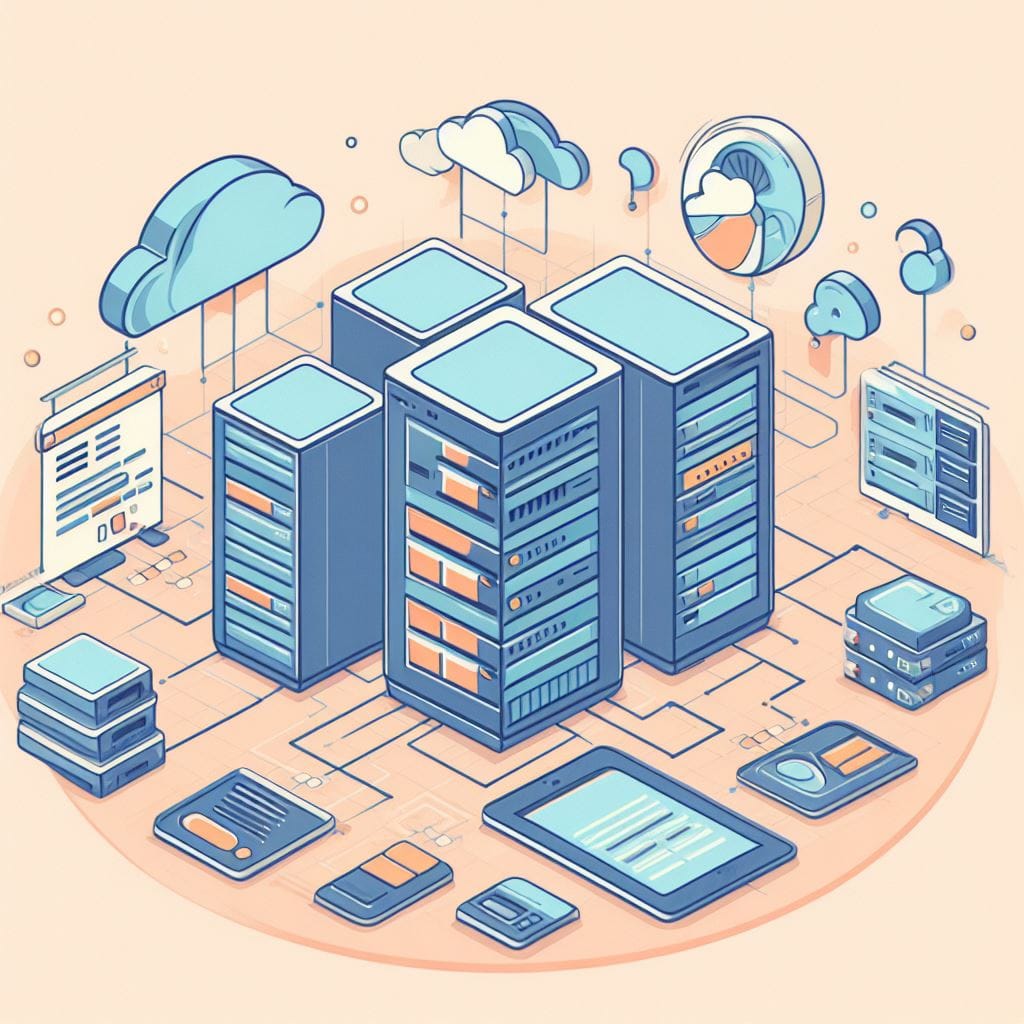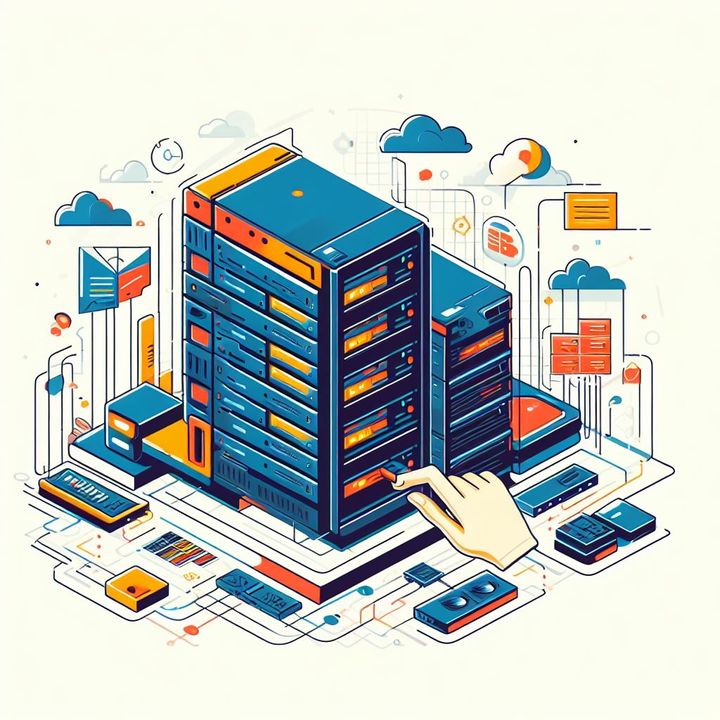How to Optimize Your Dedicated Server for Edge Computing Applications

Optimizing a dedicated server for edge computing applications involves configuring the server hardware and software to efficiently process and store data at the edge of a network, closer to where it's generated. This is crucial for reducing latency and improving overall performance. Here are steps you can take to optimize your dedicated server for edge computing:
- Choose the Right Hardware:
- Select a server with a powerful CPU, plenty of RAM, and sufficient storage capacity. SSDs are often preferred for faster data access.
- Consider GPU Acceleration:
- If your edge applications involve heavy computation tasks like machine learning or video processing, consider using a server with a dedicated GPU.
- Optimize Networking:
- Use high-speed network interfaces (1Gbps, 10Gbps, or even higher if needed) to ensure fast data transfer between the edge server and other devices on the network.
- Utilize Redundant Power Supplies:
- Implementing redundant power supplies can help ensure that your edge server remains operational even if one power source fails.
- Implement Proper Cooling:
- Ensure the server has adequate cooling to prevent overheating, especially if it will be deployed in environments without controlled temperatures.
- Select an Appropriate Operating System:
- Choose an operating system that is optimized for your specific use case. Linux distributions like Ubuntu Server, CentOS, or specialized edge computing OSes are popular choices.
- Minimize Unnecessary Services:
- Disable or remove any unnecessary services, daemons, or applications that are not required for your edge computing applications. This helps free up system resources.
- Optimize the File System:
- Choose a file system that is optimized for your workload. For example, for SSDs, consider using file systems like ext4 or XFS that are designed for solid-state storage.
- Implement Caching:
- Utilize caching mechanisms to reduce the time it takes to access frequently requested data. This can be done at both the software and hardware levels.
- Use Content Delivery Networks (CDNs):
- If your edge server serves content to a wide audience, consider using a CDN to cache and serve content from servers located closer to end-users.
- Employ Load Balancing:
- Implement load balancing to distribute workloads evenly across multiple servers, ensuring optimal performance and availability.
- Enable Content Compression and Optimization:
- Compress data and optimize content (e.g., images, videos) before sending it to the edge server to reduce bandwidth requirements and improve performance.
- Implement Edge Security Measures:
- Implement security protocols such as firewalls, intrusion detection/prevention systems, and encryption to protect data at the edge.
- Monitoring and Management:
- Set up monitoring tools to keep an eye on server performance, resource utilization, and potential issues. Implement remote management solutions for easy maintenance.
- Regular Maintenance and Updates:
- Keep the server's software, firmware, and drivers up-to-date to ensure optimal performance and security.
Remember that the specific optimizations required will depend on your particular use case, so it's important to understand the requirements of your edge computing applications and adjust the configuration accordingly. Additionally, always test any changes in a controlled environment before deploying them in a production setting.



